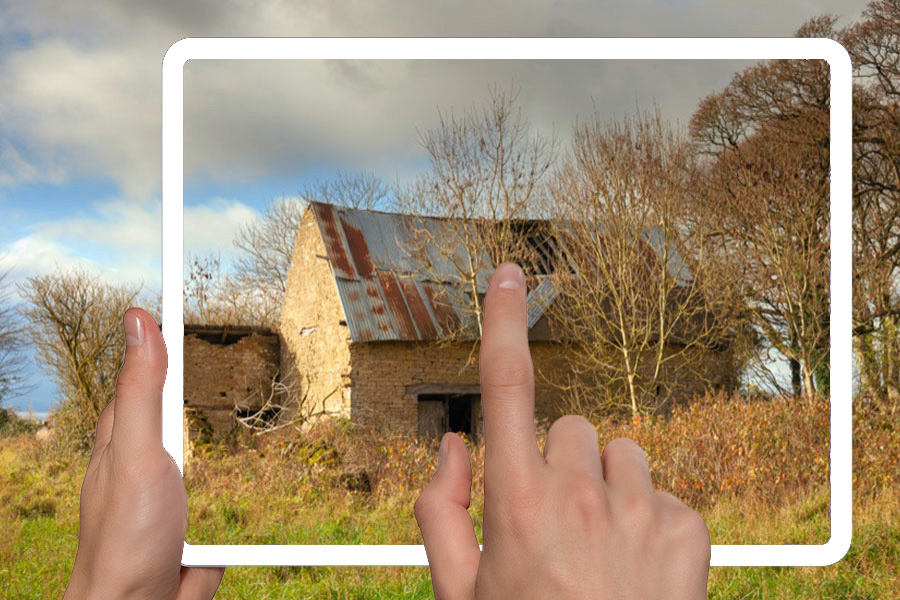The Department for Levelling Up, Housing and Communities and Defra are considering changes to Class Q Permitted Development Rights. Here’s a useful overview.
The thinking behind the proposed changes is they will provide more freedom for farmers, increase availability of affordable rural homes by making use of underutilised or disused buildings in the countryside, and align the maximum Class Q area with the maximum area permitted under Part 6 (Agriculture and Forestry) permitted development (1,000 square metres).
Key aspects of the proposed changes to Class Q Permitted Development Rights
1. Size
- Maximum internal floor area per unit of either 100m2 or 150m2. (Current limit is 100m2 for smaller dwellings, or 465m2 for larger dwellings).
- Up to a maximum of 5 – 10 dwellings, totalling 1,000m2. (Current maximum of 5 dwellings, possible through a combination of larger and smaller dwellings, or maximum of 5 smaller dwellings only or 3 larger dwellings only.)
- The maximum possible floor area of 856m2. can be achieved by 4 smaller dwellings plus 1 larger dwelling.
- Minimum internal floor area of 37m2 (national described space standard).
2. Rear extensions
- Proposal to allow rear extensions up to a maximum depth of 4m, single storey.
- Could span the entire rear length of the building.
- Likely height limit (to align with Part 1 Householder PD, other restrictions within this part to apply).
- Only possible on previously developed land (defined as hard-surfaced area, which must have been developed prior to the date that the consultation was published (24/07/2023) or a minimum of 10 after the date the amended PD right is enacted).
- Restrictions on Part 1 householder PD will continue to apply (not able to extend the building under PD rights subsequently).
- “The design and external appearance of any extension could be considered by the planning authority during the prior approval process”.
3. Prior approval
- Consideration for neighbour ‘amenity’ (e.g., overlooking, privacy, light) to be introduced.
4. Article 2(3) land e.g., AONBs and National Parks (but not World Heritage Sites)
- Class Q right to be extended to these areas.
- No rear extensions (as discussed above) to be allowed within article 2(3) land.
5. Use of buildings proposed for conversion (current or last use)
- Potential for Class Q right to be extended to buildings not used solely for agriculture e.g., buildings on farms, rented for storage (also, to apply on article 2(3) land).
- Consultation asks for view on which types of buildings should be eligible.
- This will only apply to buildings which were constructed prior to the date that the consultation was published, or a minimum of 10 after the date the amended PD right is enacted.
- Also, consultation considers whether other rural buildings i.e., equestrian and forestry buildings should be included within Class Q or become a new, distinct, permitted development right.
6. Highways
- No building without “existing suitable access to a public highway” will be able to benefit from the amended Class Q rights. Access must have been installed prior to the opening date of this consultation (24/07/2023) or a minimum of 10 years after the amended permitted development right is enacted.
7. Works permitted
- More open element of the consultation, seeking industry and stakeholder views.
- Consulting to establish whether the existing legislation is fit for purpose (e.g., whether additional works should be permitted) and whether the planning practice guidance (PPG) should be amended to improve clarity.
- Currently “any building operations are limited to the installation or replacement of windows, doors, roofs, exterior walls, or services (to the extent reasonably necessary for the building to function as a dwellinghouse), along with “partial demolition” (to the extent reasonably necessary to carry out the building operations)”.
Changes to other classes of Permitted Development also under consideration
The DLUHC and Defra’s wide-ranging consultation, which concludes on 25 September, also encompasses other classes of permitted development. As such, there may be changes to Class MA, Class M, Class N, Class G, Class R (of Part 3: Changes of Use), Class B (of Part 4: Temporary Buildings and Uses), Class A and B (of Part 6: Agriculture and Forestry) and Class A and Class H (of Part 7: Non-domestic extensions, alterations).
For full details of all of the proposed changes, and to respond to the consultation, visit the DLUHC website.

